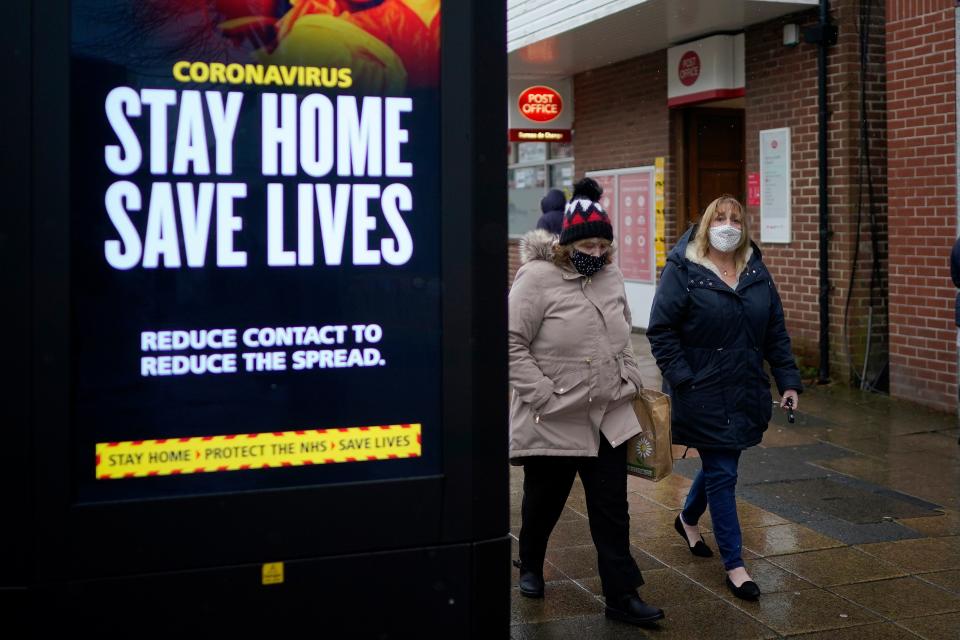More than one million people in England had coronavirus last week, according to ONS study

More than one million people in England had Covid-19 last week, new figures show.
One in 55 people were infected with the disease between 10 and 16 January, according to the latest estimates from Office for National Statistics.
This equates to 1.02 million people - or 1.88 per cent of the population - and is down from the 1.12 million cases that were estimated for the week up to 2 January.
The ONS said the “percentage of people testing positive for coronavirus remained high” but had “decreased slightly”.
London had the highest regional rate of infection in the week ending 16 January, with 1 in 35 people estimated to have had Covid-19 - the equivalent of 2.89 per cent of the capital’s population.
One in 40 people in northeast England had Covid-19 during this period, with one in 50 in northwest England and the West Midlands, the ONS estimates show.
The figures apply to all private households and exclude infections within hospitals, care homes and other health settings.
The ONS said that it had identified “some differences between laboratories' recording of results" last week, which required “further quality assurance” and therefore caused a delay in the production of today’s statistics.
In some areas of England as many as one in 20 people are estimated to have had Covid-19 between January 12 and 17, according to the ONS.
These areas are Rochdale, West Lancashire, Knowsley, Liverpool and Sefton in northwest England; and Redbridge, Barking & Dagenham, Newham and Croydon in London.
Outside of England, around one in 70 people in Wales had Covid-19 between January 10 and 16 - unchanged from the previous ONS estimate for the week up to January 2.
This figures stands at one in 60 for Northern Ireland and one in 100 for Scotland.
Between 11 and 17 January, the highest percentage of positive tests compatible with the new variant of coronavirus were seen in London and the South East, accounting for 70 per cent of cases.
Separate data released by the ONS on Friday has found that older people are more likely to accept an offer to receive a Covid-19 vaccine.
Around eight in 10 people aged 16-29 (81 per cent) said they would be very likely or fairly likely to take up an offered vaccine. This rose to 98 per cent of adults aged 70 and over.
Overall, around nine in 10 (89 per cent) respondents said they would be very likely or fairly likely to have the vaccine if offered, and around one in 20 (5 per cent) very or fairly unlikely.
The figures also show that one in 100 people said they had declined a jab, which would be the equivalent of around half a million adults.
The ONS analysed responses from 4,492 people in Britain between 13 and 17 January as part of its Opinions and Lifestyle Survey to understand the impact of Covid-19 on society.
Read More
Government considering closing borders to all foreign travellers
Firefighters’ Covid response ‘prevented and delayed’ by safety row
Vaccine rationed to north amid national supply issues, reports say

 Yahoo Finance
Yahoo Finance 